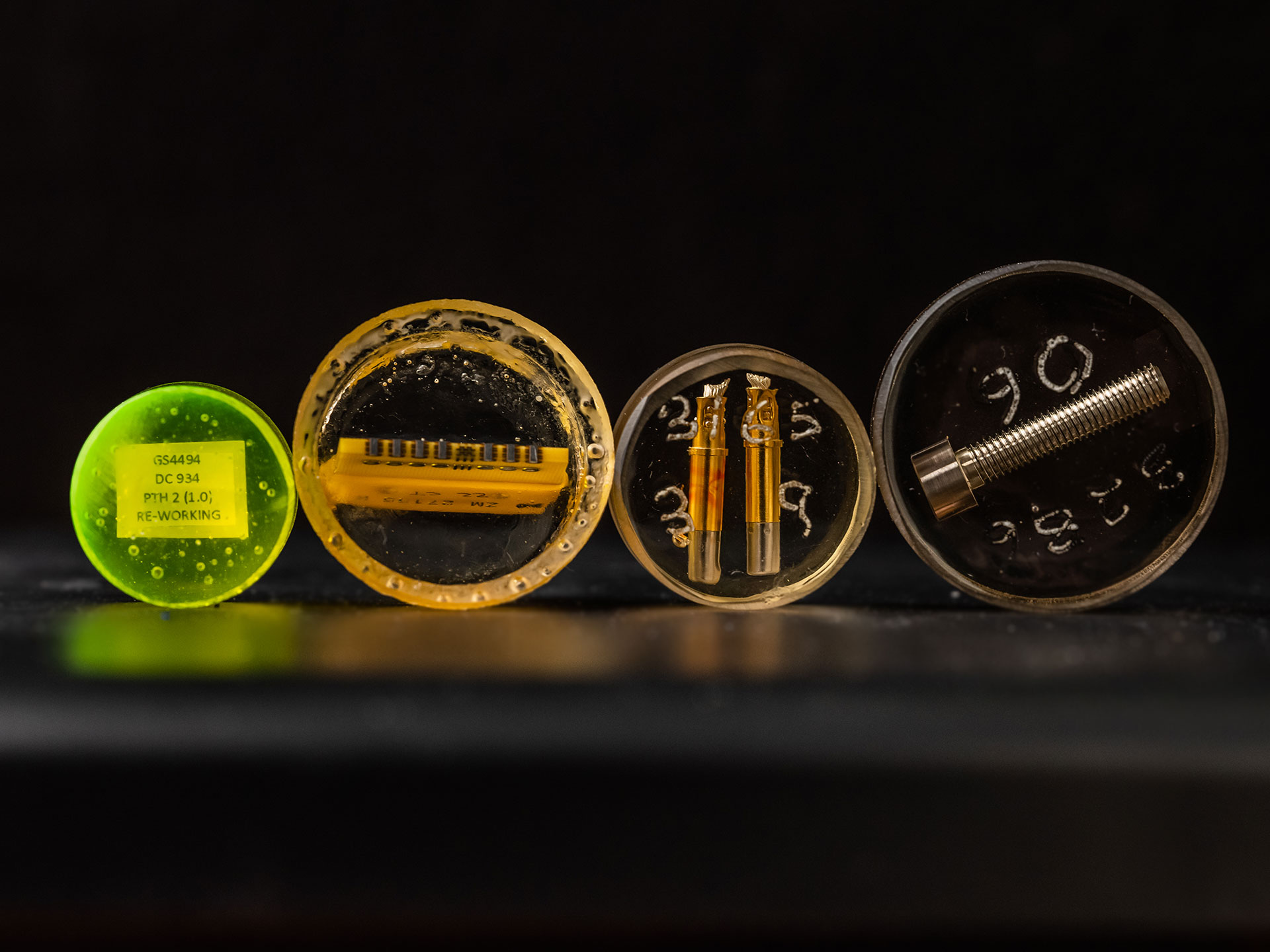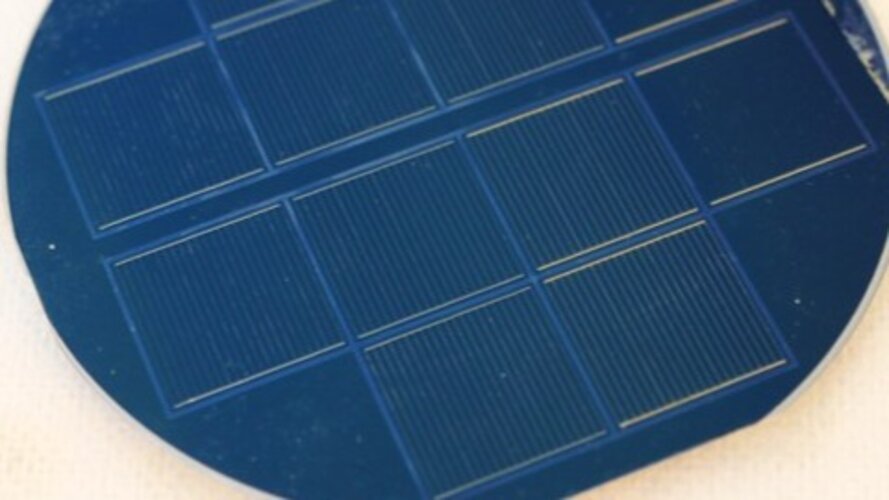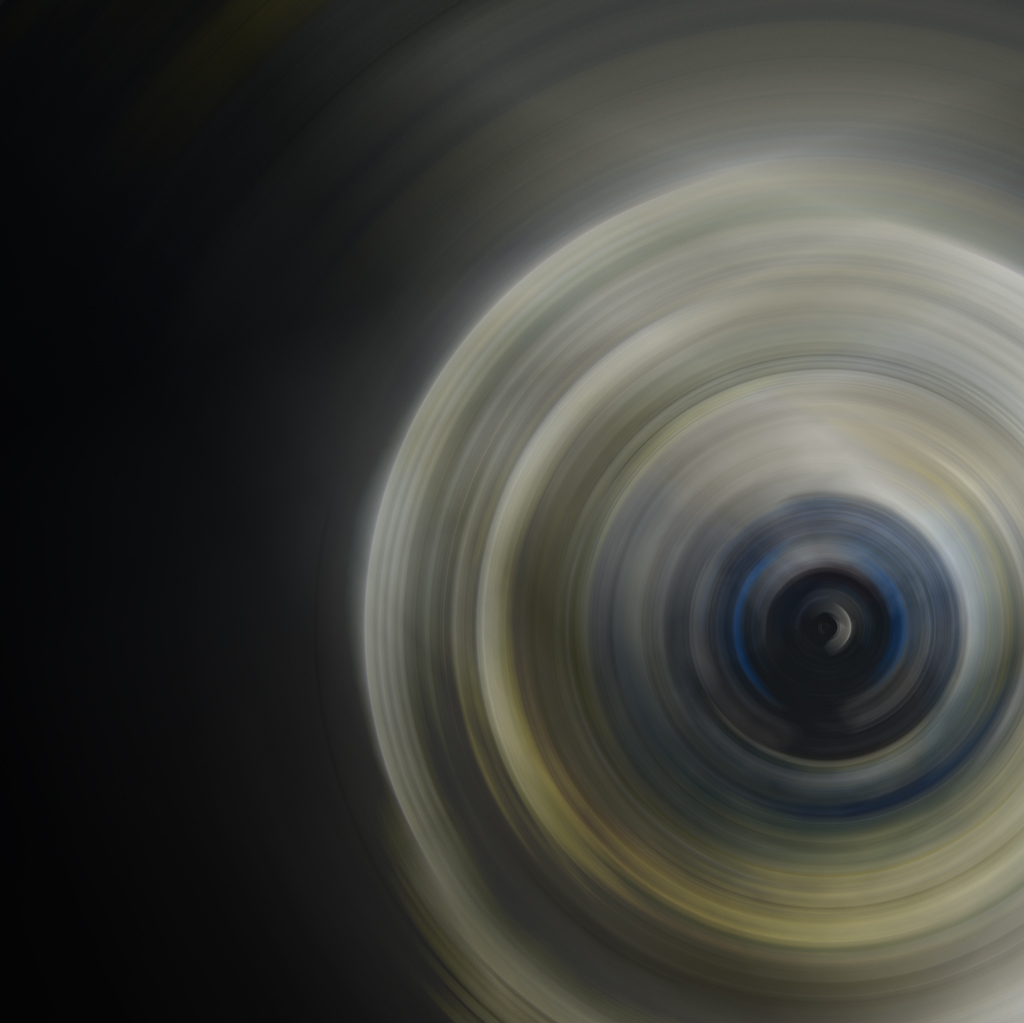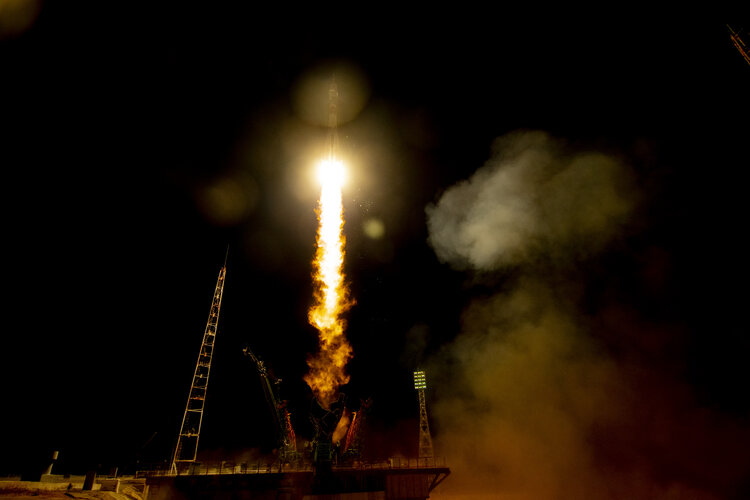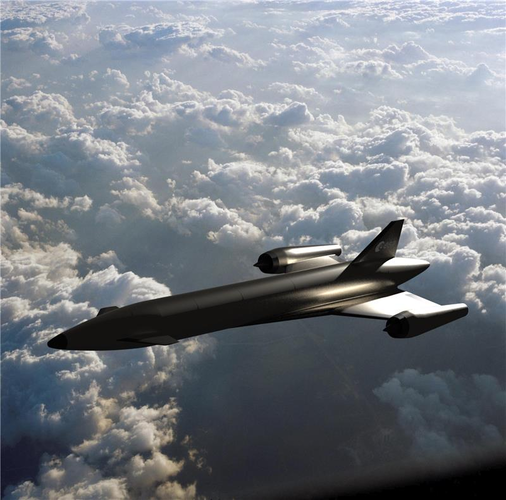News
Stay up to date with all the incredible activities and opportunities driven by the TEC directorate
ESA testing sensor network for smart city navigation
New infrastructure added to ESA’s ESTEC technical centre in the Netherlands is helping to test how tomorrow’s smart cities will operate in practice.
The HANSEL system is hosted in ESTEC’s Navigation Laboratory and allows linking to sensors across the site, providing insight into the collective networking and computing needed to get a variety of ‘intelligent elements’ to mesh seamlessly together – what the brain of a future smart city might look like.
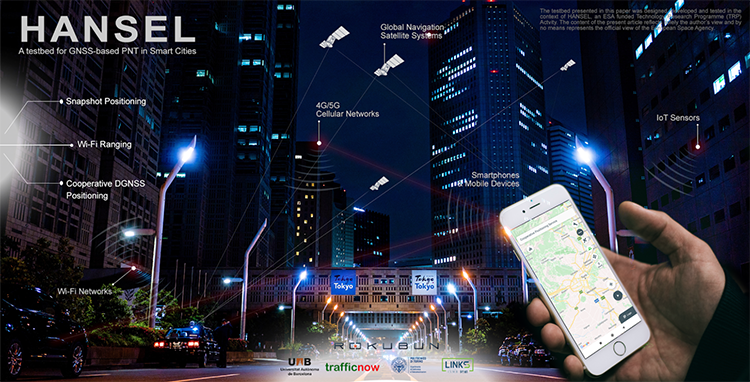
Readying spacecraft to surf Venus’ atmosphere
ESA’s EnVision mission to Venus will perform optical, spectral and radar mapping of Earth’s sister planet. But before getting down to work the van-sized spacecraft needs to ‘aerobrake’ – lowering its orbit with thousands of passages through the planet’s hot, thick atmosphere for up to two years.
A unique ESA facility is currently testing candidate spacecraft materials to check they can safely withstand this challenging process of atmospheric surfing...
“EnVision as currently conceived cannot take place without this lengthy phase of aerobraking,” explains ESA’s EnVision study manager Thomas Voirin.
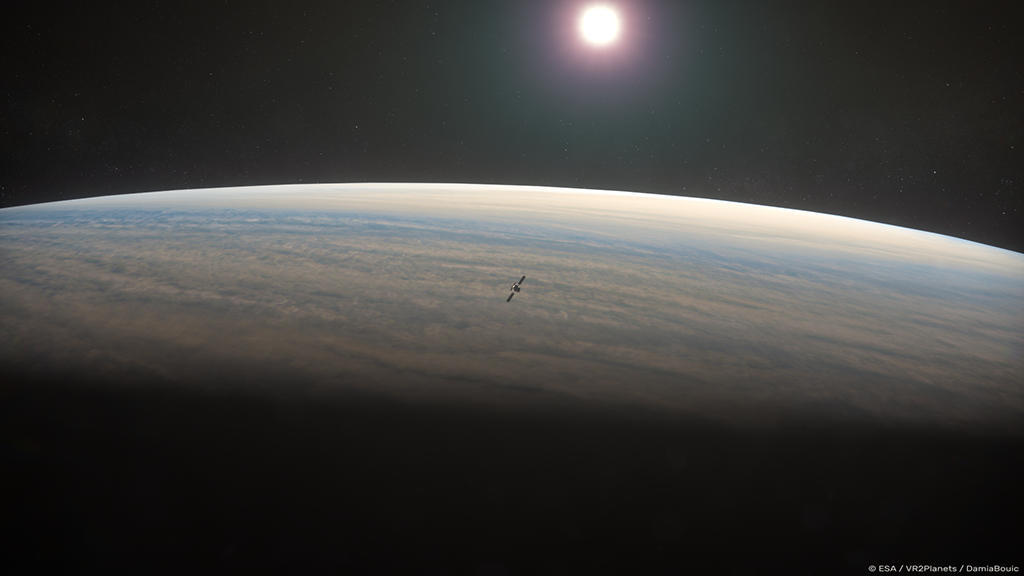
EarthCARE taking wing
ESA’s biggest and most complex Earth Explorer mission yet is currently being tested for space at ESA’s ESTEC Test Centre, the largest satellite test facility in Europe.
The Earth Cloud Aerosol and Radiation Explorer, EarthCARE, is equipped with two main instruments, a lidar plus radar – along with a smaller radiometer and cloud imager – which are powered in turn by this mammoth 11-m-long solar wing.
EarthCARE will fill a missing dimension in current climate change modelling: the role of clouds and aerosols in reflecting incoming solar radiation back out to space and trapping infrared radiation as it is emitted from Earth’s surface. Is the net effect a heating or cooling of Earth’s atmosphere?
Developed as a joint venture between ESA and the Japan Aerospace Exploration Agency, JAXA, the front of the van-sized EarthCARE satellite hosts its quartet of instruments with its solar wing deployed from its rear.
The satellite is set to undergo seven months of testing at the 3000 sq. m ESTEC Test Centre to check every aspect of its readiness for space, starting with a recent deployment test of its solar wing from stowed configuration.
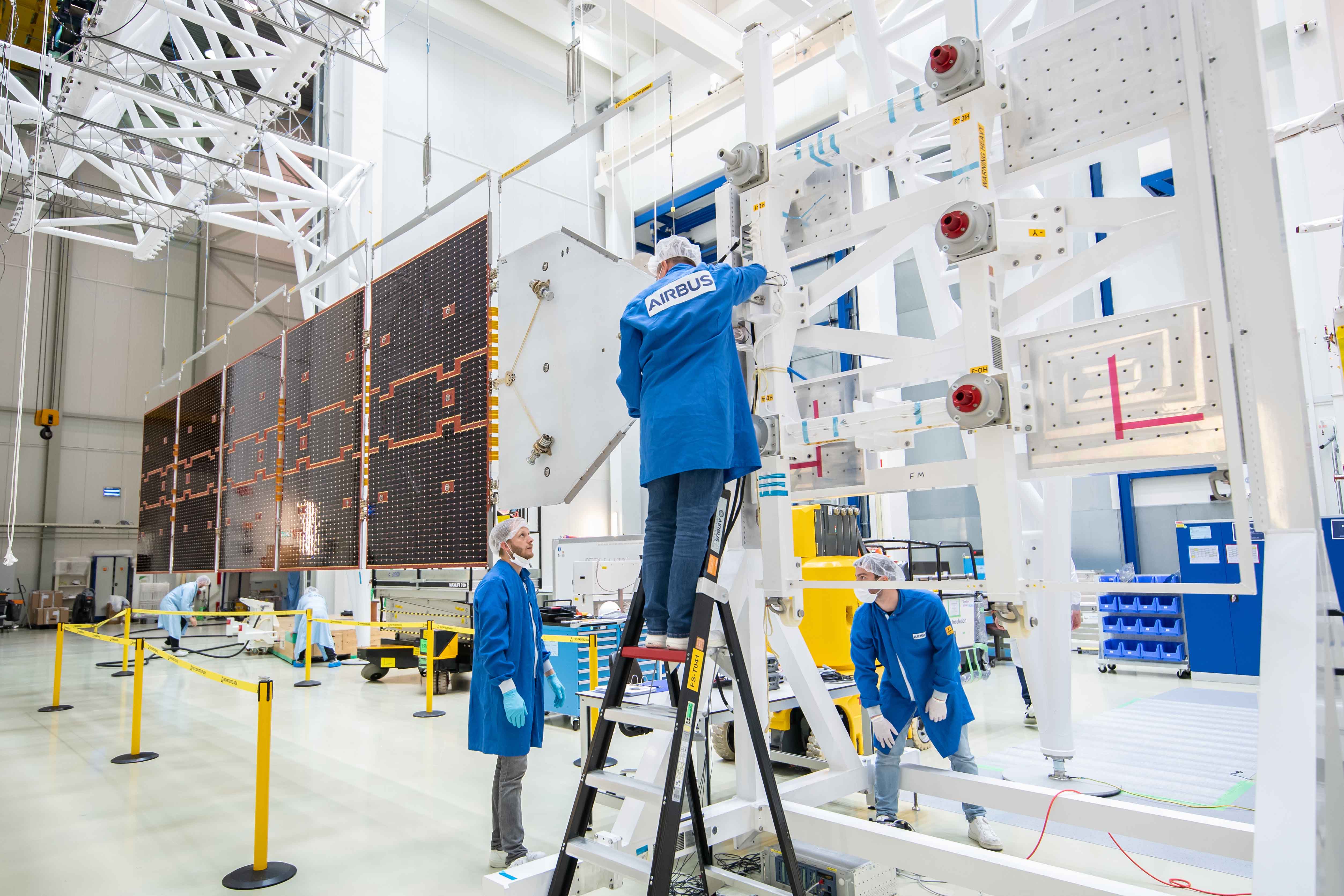
From Blu-Ray players to Earth orbit
This wafer of Gallium Nitride – a material more typically found at the heart of Blu-Ray players – has been etched with hundreds of space-quality microwave integrated circuits.
Many of ESA’s most ambitious future missions for telecommunications and Earth observation have only become possible because of a switch to this high-power and high-temperature capable semiconductor – regarded as the most promising material since silicon.
This image is one of the 99 Objects of ESA ESTEC website, a set of intriguing, often surprising artefacts helping tell the story of more than half a century of activity at ESA’s technical heart.
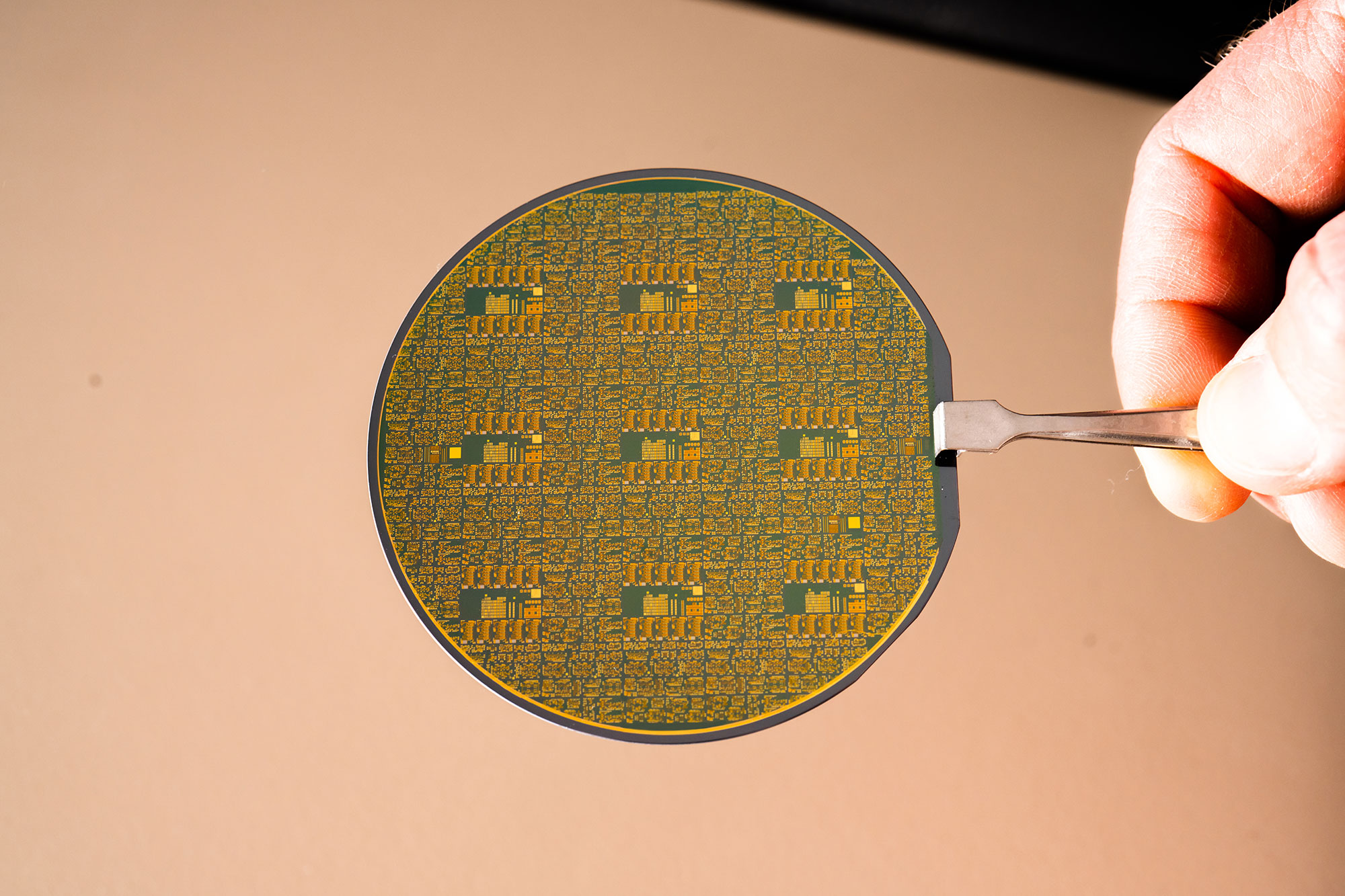
Discs for Fault Detection
Embedded within these resin discs are vital clues to determine whether future space missions will fail or thrive.


